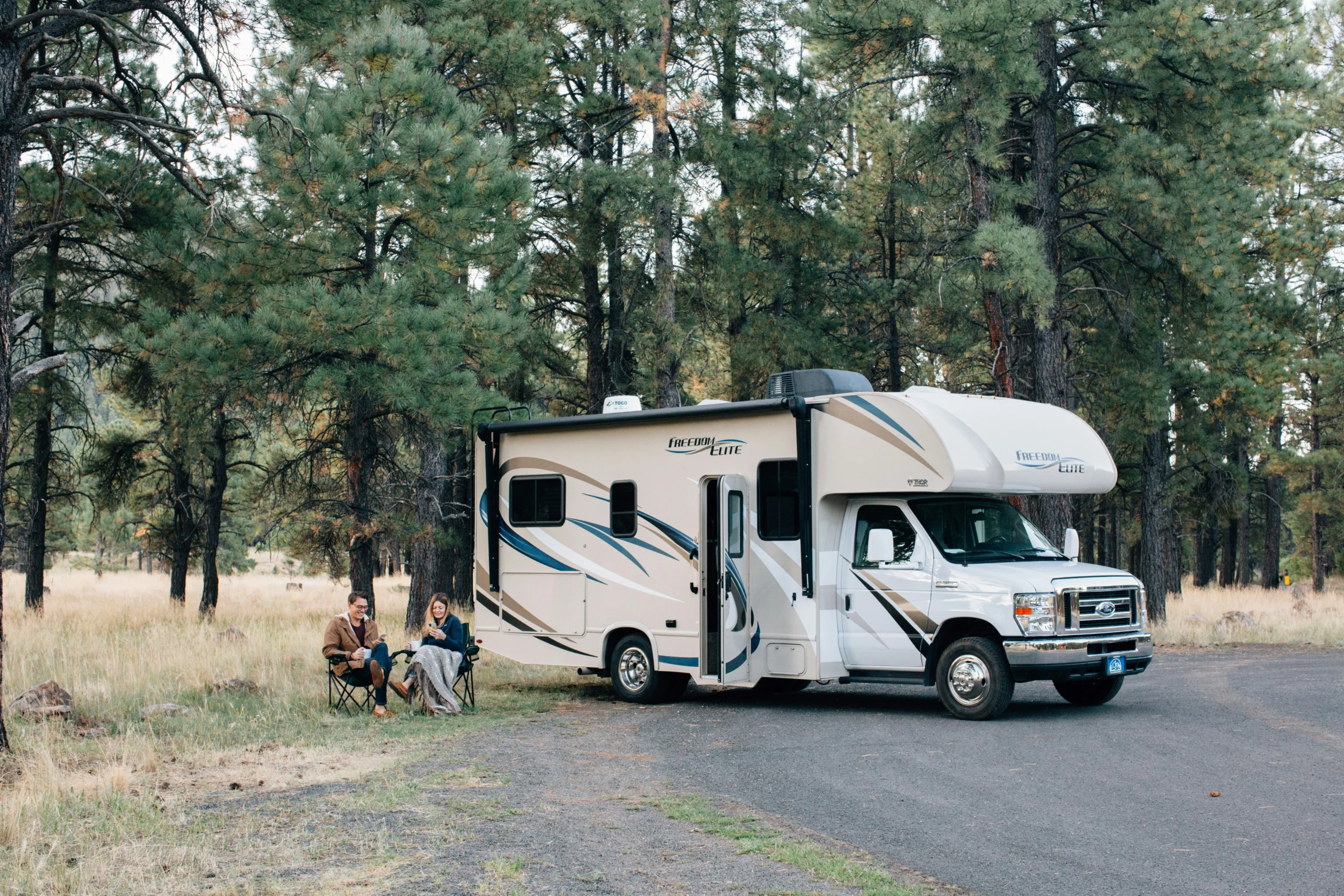Our Earth is experiencing monumental change. This has always been the case throughout the ages, from when the Chinese created paper through tanned animal hides, all the way through the advent of the age of technology. Change is an imperative part of the nature of all parts of our planet.
However, this does not mean that all change is necessarily positive. The tectonic plates beneath our feet shift with every breath, rocks erode to magma and hide beneath the Earth’s crust until the internal pressure pushes the lava to the surface, and winds that move in various directions, pushing the warm and cold fronts together, create the perfect atmospheric conditions for brutal storms and extraordinary amounts of rainfall.
Just last year, a hurricane reached 300 miles inland and ravaged Western North Carolina and Eastern Tennessee. Thousands of homes destroyed, entire towns wiped off the map, and children left without homes. This year, unprecedented rainfall has decimated the southern half of the United States. Kerrville, Texas received 24-hour rainfall at the beginning of July, resulting in 20 inches of rainfall across the surrounding area. These conditions caused the Guadalupe River to rise 26 feet in under 45 minutes. Once again, homes were washed away, thousands are dead or missing, with minimal outside aid to assist in recovering what was lost and provide disaster relief. All of this happened before the start of hurricane season in the United States.
Avoiding these tragedies and fixing the resulting losses is not an individual endeavor and requires the aid of united communities. However, there are ways to prepare for these emergency situations and meet water purification needs that we would like to share at the start of hurricane season.
What Caused The 2025 Texas Floods
To fully understand the ways in which to prepare yourself in the event of an emergency flood situation is to understand how these events come to be. There are two major contributors to natural disasters and their effects on infrastructure.
- The first contributor is that of atmospheric conditions that create natural disasters. In the case of the Texas Hill Country floods, according to meteorologist Alan Gerard, an astonishing amount of rainfall lingered over the shallow mouth of the Guadalupe River, piling up on the waterbed of the river, which already did not have the capacity for much water. The storm also followed the flow of the river. As the rain fell, the river current became more aggressive as it rose, resulting in rapid flooding across the area.
- The second contributor is that of the infrastructure itself. Infrastructure encompasses many things, including how a specific area is constructed, as well as protocols set in place in an area in the event of a disaster, such as flash flooding. Texas Hill Country is no stranger to flash floods and raised water levels. Due to the shallow nature of the Guadalupe River and the sheer amount of river beds and bodies of water in the area, flooding, although a tragedy, is an eventuality that Texas Hill Country is adequately prepared for.
The tragedy of the 2025 Texas flooding comes not from a lack of infrastructure for the community, but rather from a perfect storm of bad timing and unpredictable weather events. Gerard speaks on this, saying that the National Weather Service’s Weather Prediction Center sent out alerts the day before, warning of the rainfall along the river. However, evacuation notices and warnings of life-threatening flooding were given only as the event was unfolding that morning.
The 2025 Texas flood tragedy was not due to incompetence, but rather through the fact that this was a freak flood incident, not a storm that could be tracked over a period of time.
What To Expect For Hurricane Season 2025
While tragedies like the 2025 Texas floods are difficult to follow and predict, hurricanes do not suffer from the same affliction. Although unpredictable, hurricanes are a studied weather pattern and are big enough storms that they can be followed, tracked, and adequately prepared for ahead of time in hurricane-prone areas.
According to the National Oceanic and Atmospheric Administration (NOAA), the United States is slated for 13 to 19 named storms this season (June 1-November 30), six to 10 of which are likely to form hurricanes, 3 to 5 of which are likely to be category 3 to 5 hurricanes. It is predicted that the Atlantic coast, in particular, has a 60% chance of an above-normal hurricane season. The NOAA has a 70% accuracy rating for these predictions.
These predictions come from a multitude of factors; however, the most prominent of those include the fact that elevated ocean temperatures this year, and a northward shift in the West Africa Monsoon area (where hurricanes typically form). This shift could lead to a potential influx of hurricanes that would be able to travel across the Atlantic.
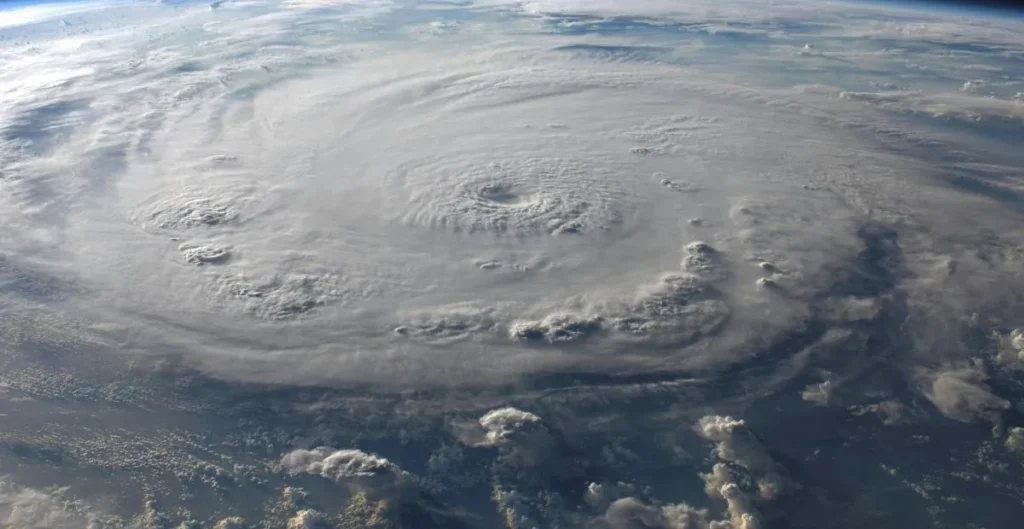
Flood Preparedness Checklist
The Atlantic coast will have a rough August. Still, there are some precautions to be taken to ensure the damage done to your home, belongings, and family is minimal. The NOAA has a list of preparation guidelines that should be followed in the event of a catastrophic storm:
- Develop an evacuation plan: The most important part of a flood preparation plan is making sure you have a way to leave life-threatening areas and situations. You do not need to travel far, just enough to get out of flood-prone areas. It is also imperative to plan multiple routes, as floods can often be unpredictable and violent. Click here to check evacuation zones.
- Get an insurance check-up and document your possessions: Make sure to contact your insurance company or agent to confirm that your home is flood-ensured. Flood insurance is separate from home and renters’ insurance and requires a separate policy, which you can acquire from either your insurance company or agent, or through the National Flood Insurance Program.
- Create a communication plan: Take the time to ensure that your flood evacuation plans are written down and sent to whoever needs them. Ensure that your friends and family know what you intend to do, where you intend to go, and vice versa.
- Strengthen your home: Whether you intend to evacuate or not, it is imperative to ensure that your home is properly fortified to withstand a hurricane. The doors, windows, and garage are the most vulnerable parts of a home and must be properly reinforced using plywood, steel bars, or aluminum panels before the storm hits.
- Assemble disaster supplies: Keeping a stash of disaster supplies is always good practice in case of an emergency and the often lengthy aftermath. Items such as extra cash, flashlights, battery-powered radios, non-perishable food, and emergency water purification solutions.
Flood Water Purification and Safety Protocols
Water makes up 70% of the human body, a large part of our physical composition. During a flood or hurricane event, water is all around you, but you should never assume this water is safe to ingest.
Flood water contains a multitude of dangerous materials, including bacteria, viruses, and various forms of waste that have emerged from flooded sewage systems, as well as sediment and debris from the surrounding landscape, and dangerous chemicals from industrial runoffs.
There are many different ways to purify water and keep hydrated during a flooding emergency. Business Connect Adventure offers disaster relief water purification solutions to assist in these emergency situations.
Emergency Water Purification Materials
Before getting into the materials, it is important to note that further steps will need to be taken in order to ensure that the water is properly filtered. Most floodwater will be contaminated by large pieces of sediment and debris. These larger pollutants can be filtered out by pooling the water onto a piece of clothing or fabric and filtering the larger parts of the debris out through the fabric. After taking this step, it would also be wise to boil the water if the electricity is still running or you have access to a hot source. These steps can contribute to the lifespan of the water purification filters.
Business Connect Adventure offers a diverse range of water purification materials that can assist in filtering water in a wide variety of emergency situations. Three products in particular can aid in filtering floodwater:
- Aquatabs: Aquatabs are small, light-weight, EPA-approved water purification tablets that can filter out harmful bacteria, viruses, and pathogens from already clear water. The Aquatabs work by mixing into the water and purifying it in a matter of minutes. Aquatabs come in a variety of sizes, but the 397mg tablets would be the most efficient for flood water, treating up to 4 gallons of water using one tablet. This product is most efficient in water that has already been filtered of large contaminants.
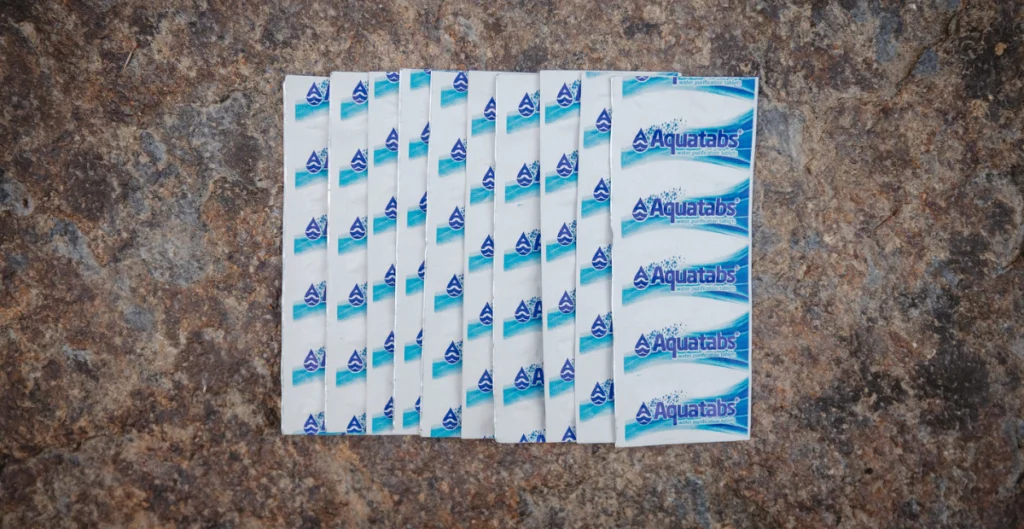
- P&G Purifier of Water: This water filter is a powdered water purification material that comes in small, portable sachets. This product is both a flocculant and a disinfectant, meaning that it breaks up clumps of debris within the contaminated water, as well as killing any remaining pathogens present. The P&G Purifier of Water works without electricity, making it a great option for flooding situations.

- VFX All-In-One Portable Water Filter: This water purification filter is perfect for small families who may be displaced or stuck in a home without electricity or running water. The VFX All-In-One Portable Water Filter is both lightweight and versatile, contained within a small bag that uses gravity alone to filter flood water using a straw filter or an attached water bottle. This little bag can purify up to 1 liter of water a minute, making sure that you and your family are safe no matter the situation.
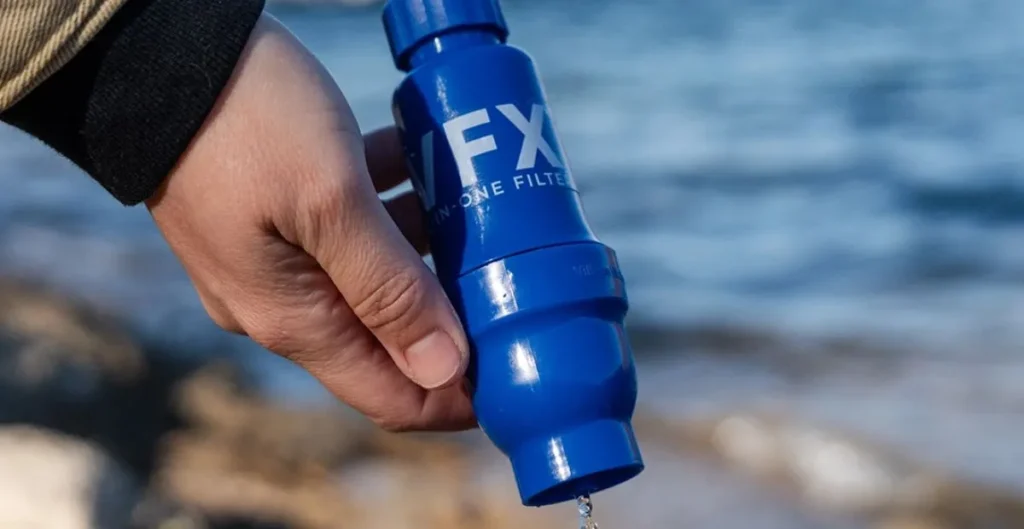
Frequently Asked Questions
What is the shelf life of Aquatabs?
Aquatabs water purification tablets have a shelf life of up to 5 years. They should not be kept in extreme conditions.
How long does it take the P&G Purifier of Water to work?
The P&G Purifier of Water takes about 30 minutes to use. 5 minutes of stirring after stirring the water filter into the floodwater, another 5 minutes for the debris to clump together, and 20 minutes to let the disinfectant work.
How long does the VFX All-In-One Portable Water Filter last?
With proper usage, maintenance, and backflushing, the VFX All-In-One can work for up to 6 years.
Water Purification Saves Lives
With the ever-increasing threat of extreme weather, it is important to be prepared to keep you and your loved ones safe. Business Connect Adventure is in the business of protecting and caring for those who need it most at affordable prices.Don’t wait until it’s too late to prepare for flooding – Visit our home page to learn more about our mission and our shop page to see what we offer and how we can help you stay safe this hurricane season.
Related Posts
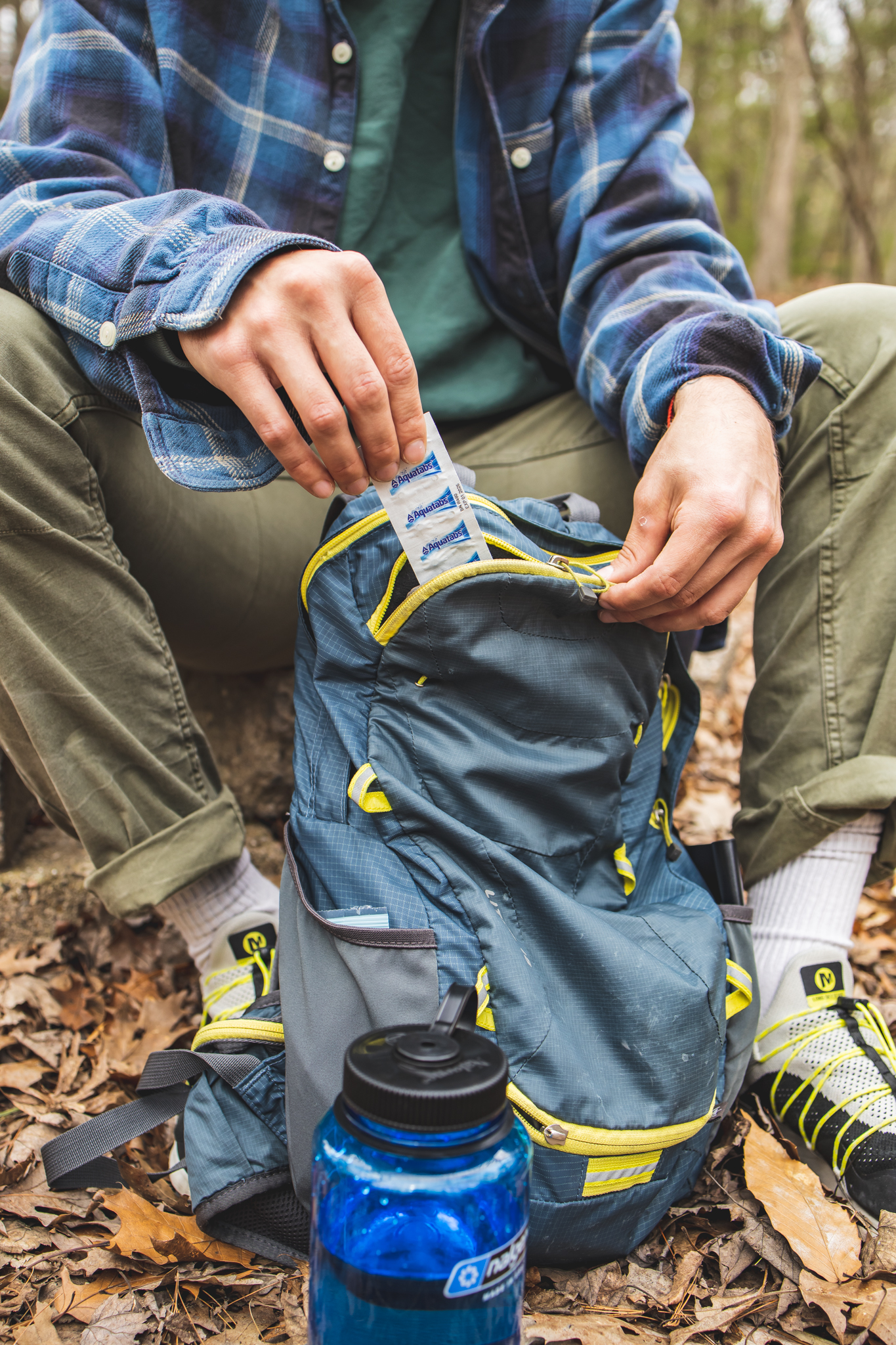
Why Every Hiker Should Carry Backup Water Purification Tablets
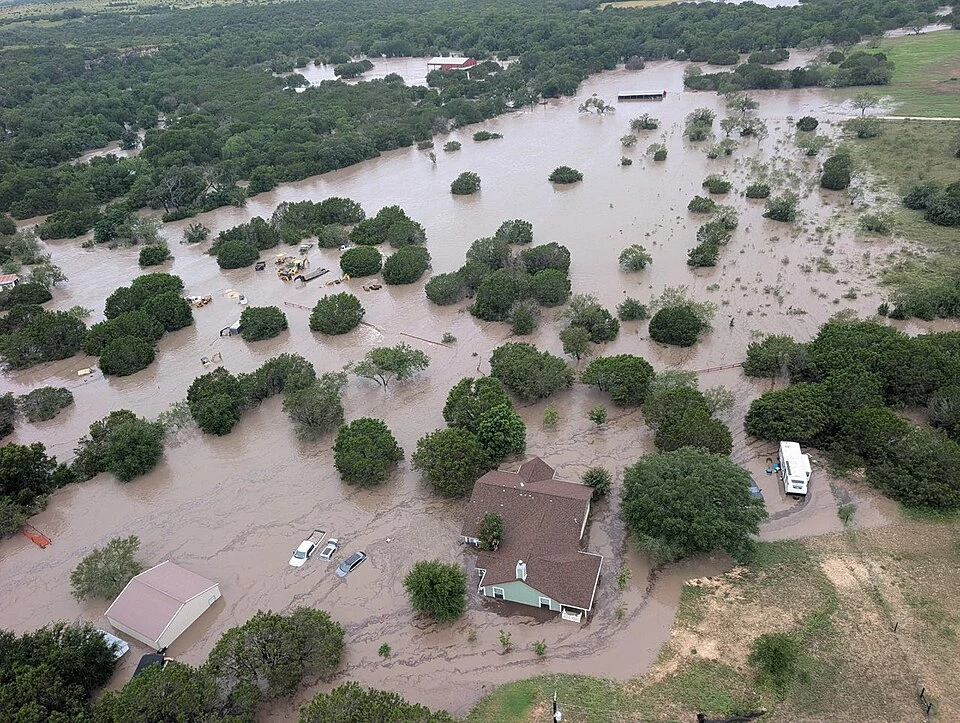
Texas Floods and Hurricane Season: How To Purify Floodwater

Off-Grid: This is What You Need Before Living the Quiet Life

Hydration Hacks for Summer Adventures
